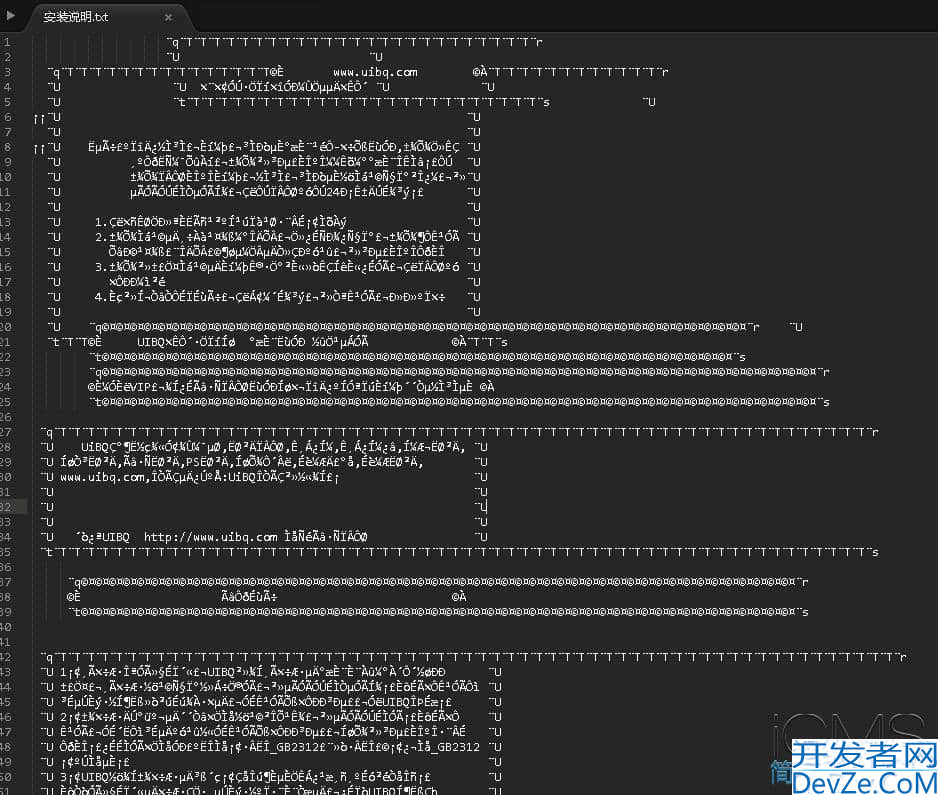Python代码实现列表分组计数
目录
- 1编程客栈. count_by
- 2. 使用字典推导式
- 3. 使用collections.defaultdict简化代码

本篇阅读的代码片段来自于30-secondwww.cppcns.coms-of-python。
1. count_by
def count_by(arr, fn=lambda x: x):
key = {}
for el in map(fn, arr):
key[el] = 1 if el not in key else key[el] + 1
return key
# EXAMPLES
from math import floor
count_by([6.1, 4.2, 6.3], floor) # {6: 2, 4: 1}
count_by(['one', 'two', 'three'], len) # {3: 2, 5: 1}
counwww.cppcns.comt_by根据给定的函数对列表中的元素进行分组,并返回每组中元素的数量。该使用map()使用给定函数映射给定列表的值。在映射上迭代,并在每次出现时增加元素数。
该函数使用not in判断目前字典中是否含有指定的key,如果不含有,就将该key加入字典,并将对应的value设置为1;如果含有,就将value加1。
2. 使用字典推导式
字典推导式有{ key_expr: value_expr for value in collection if condition }这样的形式。group_by函数中字典推导式的value_expr是一个列表,该列表使用了列表推导式来生成。即
{ key_expr: [x for x in collection2 if condition2] for value in collection1 if condition1 }
同时,我们可以看到根据group_by代码中的字典推导式,可能计算出key相同的项,根据Pyrhon中字典的类型的规则,key相同的,只保留最新的key-value对。实际上当key相同时,value值也一样。[el for el in 编程客栈lst if fn(el) == key]推导式的for语句中只有key一个变量。
>>> d = {'one': 1, 'two': 2, 'three': 3, 'two': 2}
>>> d
{'one': 1, 'two': 2, 'three': 3}
>>> d = {'one': 1, 'two': 2, 'three': 3, 'two': 22}
>>> d
{'one': 1, 'two': 22, 'three': 3}
>>>
这里也可以使用同样的方式,在分组之后直接获取列表长度。不过这种写法遍历了两次列表,会使程序效率变低。
def count_by(lst, fn):
return {key : len([el for el in lst if fn(el) == key]) for key in map(fn, lst)}
3. 使用collections.defaultdict简化代码
class collections.defa编程客栈ultdict([default_factory[, ...]])
collections.defaultdict包含一个default_factory属性,可以用来快速构造指定样式的字典。
当使用int作为default_factory,可以使defaultdict用于计数。因此可以直接使用它来简化代码。相比字典推导式的方法,只需要对列表进行一次循环即可。
from collections import defaultdict
def count_by(lst, fn):
d = defaultdict(int)
for el in lst:
d[fn(el)] += 1
return d
当使用 list 作为 default_factory时,很轻松地将(键-值对组成的)序列转换为(键-列表组成的)字典。
def group_by(lst, fn):
d = defaultdict(list)
for el in lst:
d[fn(el)].append(el)
return d
# EXAMPLES
from math import floor
group_by([6.1, 4.2, 6.3], floor) # {4: [4.2], 6: [6.1, 6.3]}
group_by(['one', 'two', 'three'], len) # {3: ['one', 'two'], 5: ['three']}
到此这篇关于Python代码实现列表分组计数的文章就介绍到这了,更多相关Python列表分组计数内容请搜索我们以前的文章或继续浏览下面的相关文章希望大家以后多多支持我们!







 加载中,请稍侯......
加载中,请稍侯......
精彩评论